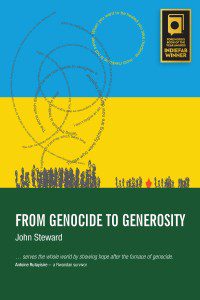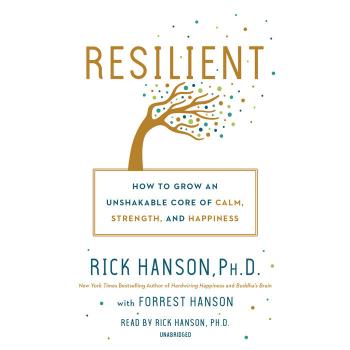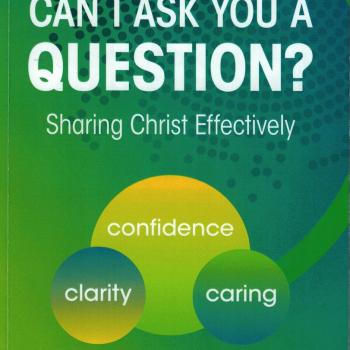From Genocide to Generosity by John Steward
Introduction
From Genocide to Generosity by John Steward states its purpose through the subtitle: Hatred’s Heal on Rwanda’s Hills. The path to healing from hatred is from genocide to generosity. This was the lesson that John Steward learned through personal experience.
Review
In Part 1: Coping with Chaos (11-34), Steward described what he came to understand about Rwanda by listening to and learning from the Rwandan people. Steward learned that the people go through difficult stages. These stages are very similar to the stages of grief. Denial, revenge, and forgiveness were three main parts of the process. In Part 2: Looking for Light (35-54), Steward shared the stories of two Rwandan colleagues who were survivors of the violence.
In Part 3: Taming the Trauma (55-76), the author introduced Nyamutera, a young Hutu who was involved in the refugee camps of Congo. Steward describes how Nyamutera returned to Rwanda, bitter, confused and disillusioned. The young Hutu’s healing came through a workshop developed by a Welsh doctor, Rhiannon Lloyd. As a result, Nyamutera began to co-lead this workshop. The workshop was developed for clergy, priests, and lay leaders. This workshop has impacted hundreds of Rwandans in leadership.
In Part 4: Hope after the Horror (77-106), Steward introduced another group of Rwandan colleagues: Nsabiyera and Jean-Baptiste. These two men followed the stories of grassroots change. They share their experiences in the process of healing in Rwanda.
In Part 5: Judging for Justice (107-134), Steward followed Munyeli’s work to educate communities in preparation for the justice trials. These trials, called Gacaca (“on the grass”) emphasized the role of restoration in the justice system.
In Part 6: Facing the Future (135-156), Steward introduced Ikiriza and her work with more than two thousand youth. These youth expressed their hopes for a peaceful Rwanda through indigenous art forms, such as music, dance, drama, and poetry through a program called Promoting Reconciliation Among Youth (PRAY). Steward concludes with an Epilogue (157-166). In this chapter, he shows the signs of life in the new Rwanda and outlines some of the challenges which remain in the country.
Steward includes “The Twelve-Step Process of Forgiveness” in the Appendix. He wisely shares a practical process that anyone can use to help people learn to forgive others. More information is provided on Steward’s ministry website.
Analysis
I generally don’t read biographies such as this. However, as I continued to read the stories, I was amazed at the importance forgiveness plays in healing a people and a nation. Steward honestly reveals how difficult it is for him as well as other people to understand the struggles of the people of Rwanda – though he is not one of them. He is both surprised at their healing and at the same discouraged at the way from afar would look at the problems that occurred in Rwanda.
Essentially, the genocide came as a result of European colonial practices that disrupted the local community and society. By changing how society works for the Rwandans, European countries did more harm than good. So in one sense, this book shows the tragic and destructive results of political policies of occupation. Yet at the same time, the book reveals how forgiveness has the power to heal a nation.
Disclosure of Material Connection: I received this book free from the author and/or publisher through the Speakeasy blogging book review network. I was not required to write a positive review. The opinions I have expressed are my own. I am disclosing this in accordance with the Federal Trade Commission’s 16 CFR,Part 255.














